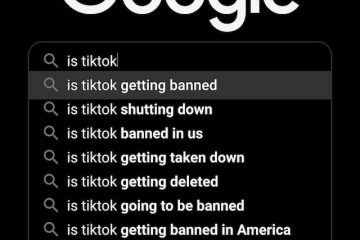When you use Google Ads on your business, there are pros and cons you need to be aware of. They may help you to decide which platform is best for you. For example, let’s say you’re looking to find a new website to host your ecommerce store. Then you’ll want to choose a pay-per-click service that fits your budget and offers measurable results.
Pay-Per-Click Platform
Google Ads and Facebook Ads are two pay per click (PPC) advertising platforms. They are used by businesses all over the world to reach new audiences. However, they have differences and it is important to understand them.
Both platforms target audiences based on keywords. These keywords are aligned with the content of the ad. The result is a better chance of converting a visitor.
Facebook Ads and Google Ads can be effective for businesses in a variety of industries. These services are designed to attract and convert leads into customers. Depending on the industry, there are different buying cycles. Some buyer journeys take several months, while others are years.
Both companies offer comprehensive help centers. For instance, Google has a phone line, live chat, and email support. Similarly, Facebook has an online community, an ad design interface, and email support. But, Google’s ad creation software is free.
Both of these services offer the same benefits: they are cost-effective. But, there are some disadvantages to both of them. For example, they don’t offer as many ad types and placements.

More Flexibility With Your Budget
If you are a business owner looking to increase your revenue, Google Ads can help. This powerful advertising platform can also help increase brand awareness, improve engagement, and increase sales.
If you have a limited budget, then you should be able to get more bang for your buck by implementing flexible bidding strategies. These tactics can also be used to maximize your Google Ads budget without having to resort to a more manual bidding solution.
You may have heard of ECPCs before, but what exactly do they do for you? Basically, ECPCs increase your bids on certain criteria like the time of day, location, or browser type. It’s helpful for advertisers with more flexible budgets, but not necessarily the best approach for all situations.
The biggest advantage to a flexible bid strategy is that you have more control over your bids, and can make more informed decisions when it comes to ad placement and timing. It’s important to tread lightly though.
Measurable Results
If you’re running Google Ads on your business, there are some metrics to look out for. These can help you determine whether your advertising is generating the returns you’re hoping for.
One of the first indicators of success when using Google Ads is the Return On Ad Spend (ROAS). It is a measure of how much you are spending on advertising. If you have a positive ROI, your ads are generating profits.
Another measure is the conversion rate. This refers to how many people are clicking your ads, interacting with them, and taking a desired action. A good benchmark is two to five percent.
The quality score is a metric that is often used to gauge the performance of a Google Ads campaign. A higher quality score increases the likelihood that your ad will show up on the top of search results. It can also reduce your cost per click.
Google Ads offers a lot of features to make your marketing campaigns more effective. You can customize your budgets and target online users based on their location, interests, and other factors.
Machine Learning Algorithm
Machine Learning (ML) algorithms can be used to predict the performance of your advertising campaign before it begins. In addition, ML technology can optimize your ad placements and asset combinations.
Using machine learning for your business requires technical knowledge and expertise. However, the benefits of ML can be extremely valuable. Besides helping you predict the performance of your ads, it can also improve your customer retention.
Many businesses are already leveraging ML technologies. These tools help marketers analyze large amounts of data. The technology is also able to provide personalized user experience. Whether you are running a social media campaign or an e-commerce campaign, ML can make your marketing efforts effective.
When you are creating a new campaign, you can choose a machine learning algorithm that best suits your needs. For instance, you can use an unsupervised learning method, such as probabilistic clustering, to reveal hidden patterns in your data. This type of model is a good fit for exploratory data analysis.


0 Comments